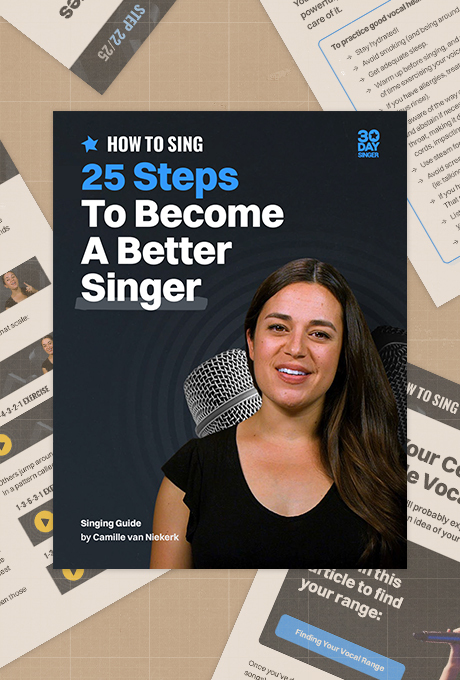Singing Storytelling
January 3, 2025
Timing might not be what you think of when it comes to storytelling, but it’s a skill that sets pros apart. Let’s dive into some easy steps to improve your timing and phrasing.
1. Find the Beat
The beat is the song’s steady pulse, like a heartbeat. To find it, clap or tap your foot along with the music. For example, in Happy Birthday, the beat is the regular pulse behind the melody. Practice finding the beat with another song, like Auld Lang Syne, and clap along.
2. Stay Aware of the Beat While Singing
As a singer, your rhythm (how the words flow) works over the beat. Try tapping your foot or patting your leg to keep the beat while you sing. Eventually, you’ll internalize it and won’t need physical cues. Over time, you’ll get a feel for how your rhythm lines up with the beat, helping your performance flow naturally.
3. Listen to the Original Phrasing
Phrasing refers to how a singer breaks up musical sentences, where they breathe, and how they shape dynamics and articulation. Pay close attention to the phrasing in the original version of the song you’re learning. It’s a great starting point to guide your interpretation.
4. Speak the Lyrics with Emotion
Read the lyrics as if they were a poem or monologue. This exercise might feel silly, but it helps you find natural emphasis and phrasing that fits your voice. Speaking the words reveals which parts need extra emotion or focus.
5. Experiment with Back and Front Phrasing
You don’t always need to sing right on the beat! Back phrasing (singing slightly behind) and front phrasing (slightly ahead) add style and character. Try different phrasing techniques with a song like Always by Irving Berlin and notice how it transforms the vibe.
Now it’s your turn to experiment! Keep the beat steady, play with phrasing, and bring your unique voice to the music.


